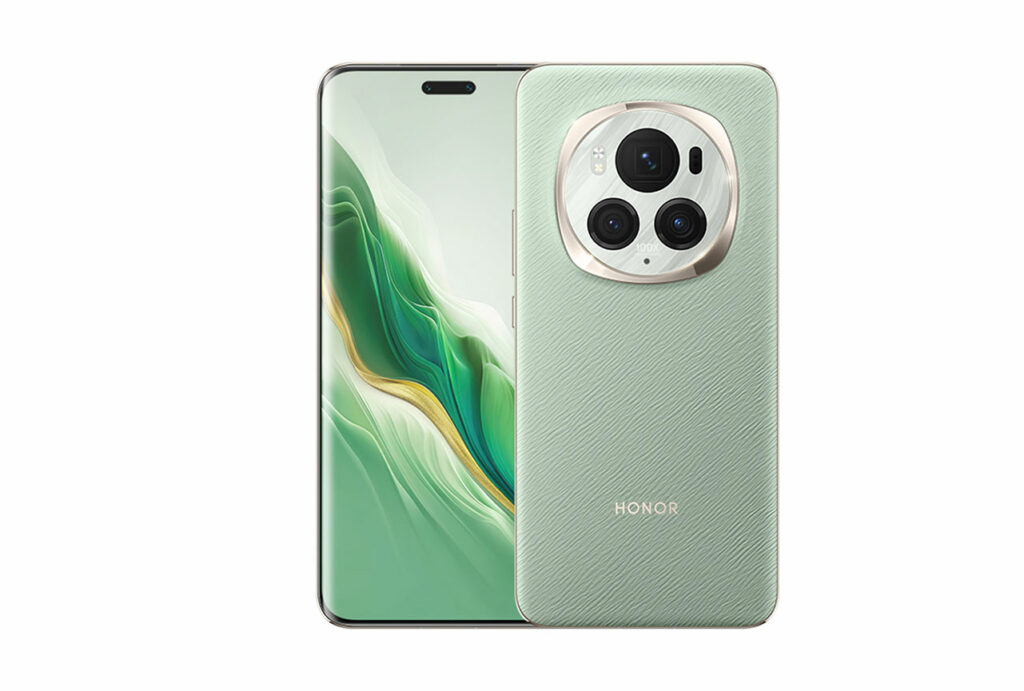We put the Honor Magic6 Pro through our rigorous DXOMARK Audio test suite to measure its performance both at recording sound using its built-in microphones, and at playing audio back through its speakers.
In this review, we will break down how it fared in a variety of tests and several common use cases.
Overview
Key audio specifications include:
- Two speakers (Top front under screen, bottom side)
- No jack audio output
Scoring
Sub-scores and attributes included in the calculations of the global score.
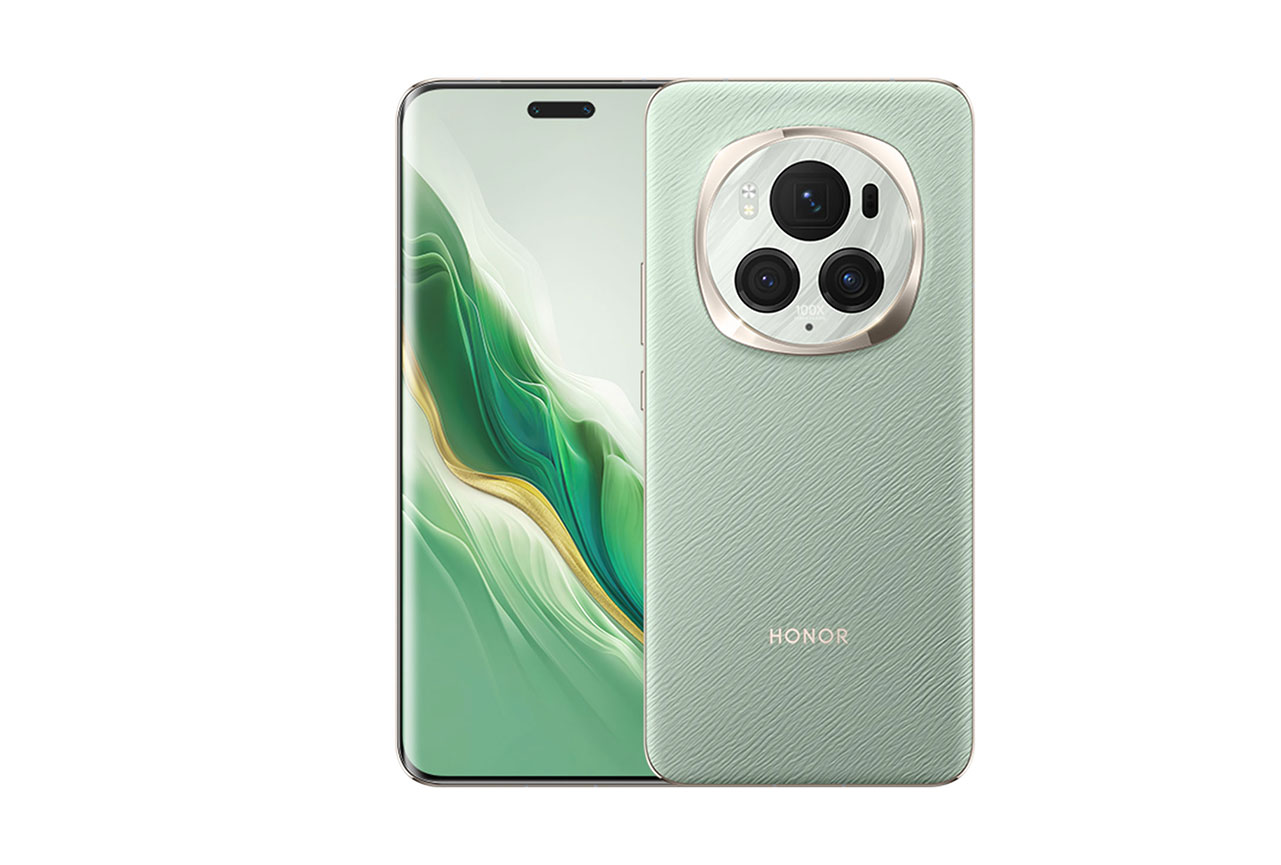
Honor Magic6 Pro


 2nd
2nd 1st
1stPlayback
Cons
- Slight boost in the low end can sound resonant
- Moderate distortion
- Bass precision could be better
Recording
Pros
- Excellent audio zoom, well-controlled wind noise
- Natural and pleasant timbre, for both main signal and background
- Very loud recordings, excellent signal-to-noise ratio
- Consistent performance across use cases
Cons
- Maximum loudness has some room for improvement
- Very subtle distortion and compression at high-SPL
With a DXOMARK Audio score of 155, the Honor Magic6 Pro is among the very best devices tested to date under our Audio protocol, delivering strong results across all playback and recording sub-tests. In playback our experts particularly liked the Magic6 Pro’s performance for timbre, spatial and volume. Attacks were snappy and the sound quite punchy overall. A slight boost in the low end brought more depth, although it could also lead to some resonances or light distortion, which could also deteriorate bass precision. Playback quality was especially good when playing games, but results were also excellent for watching movies and music consumption.
In recording tests, the audio zoom feature is excellent and very effective, while wind noise was very well under control. The timbre was pleasantly natural for both the main signal and the background, in all use cases. In addition, recordings were very loud, with an excellent signal-to-noise ratio. Recording with the main camera delivered the best results, although the performance was also very consistent across all our use cases.
Test summary
About DXOMARK Audio tests: For scoring and analysis in our smartphone audio reviews, DXOMARK engineers perform a variety of objective tests and undertake more than 20 hours of perceptual evaluation under controlled lab conditions.
(For more details about our Playback protocol, click here; for more details about our Recording protocol, click here.)
The following section gathers key elements of our exhaustive tests and analyses performed in DXOMARK laboratories. Detailed performance evaluations under the form of reports are available upon request. Do not hesitate to contact us.
Playback
Honor Magic6 Pro
163
DXOMARK engineers test playback through the smartphone speakers, whose performance is evaluated in our labs and in real-life conditions, using default apps and settings.

Timbre
Honor Magic6 Pro
158
The Timbre score represents how well a phone reproduces sound across the audible tonal range and takes into account bass, midrange, treble, tonal balance, and volume dependency. It is the most important attribute for playback.
In our playback tests, timbre was very good across all use cases and volumes, offering an excellent balance between treble, midrange and bass, with great consistency. Treble sounded very natural and was accompanied by a pleasant and warm midrange. Bass was quite deep and powerful but left some room for improvement, as the boost in low end could bring some subtle resonances or distortion. Overall, timbre worked extremely well for gaming with the phone but it was also very good for watching movies and listening to music.

Dynamics
Honor Magic6 Pro
149
The Dynamics score measures the accuracy of changes in the energy level of sound sources, for example how precisely a bass note is reproduced or the impact sound from drums.
Dynamics results were very good, especially for attack and punch. Attack was very snappy, especially at nominal volume, but also with distortion well under control at maximum volume, the transients managed to stand out very well. Punch was remarkably good thanks to the solid low midrange energy. Results for bass precision were not quite on the same high level, however, as the bass envelope was impaired by subtle distortion, and potentially by the resonance mentioned previously in the timbre section as well.
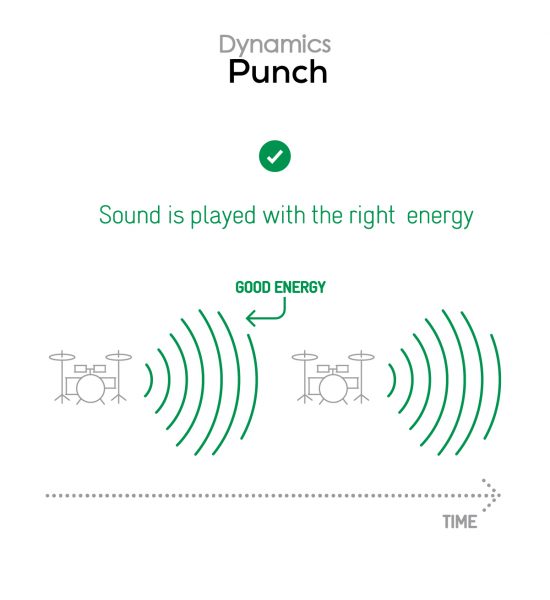


Spatial
Honor Magic6 Pro
162
The device put in an excellent performance in the spatial category as well, thanks notably to a very wide sound scene. The stereo image, perfectly centered, also rotated adequately with device orientation, even adapting to portrait orientation, adding to the user experience. Individual sound sources were very easy to locate within the sound scene, and both distance and depth rendition were excellent in our tests.
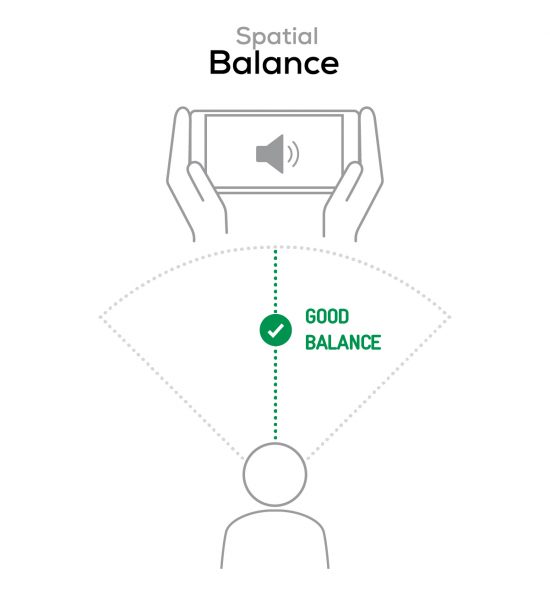
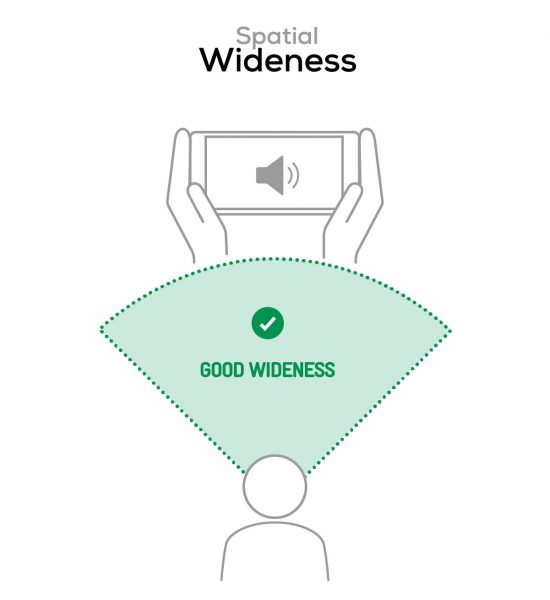

Volume
Honor Magic6 Pro
162
The Volume score represents the overall loudness of a smartphone and how smoothly volume increases and decreases based on user input.
The Honor Magic6 Pro provided very good consistency across the volume scale. Tuning of the minimum volume level was excellent, offering good intelligibility of soft sections in highly dynamic audio content, such as classical music, without being too loud. The maximum setting was tuned nicely as well, providing excellent loudness.
Here are a few sound pressure levels (SPL) measured when playing our sample recordings of hip-hop and classical music at maximum volume:
| Hip-Hop | Classical | |
| Honor Magic6 Pro | 72.1 dBA | 68.7 dBA |
| Apple iPhone 15 Pro Max | 75.1 dBA | 72.3 dBA |
| Huawei Mate 60 Pro+ | 74.9 dBA | 71.5 dBA |

Artifacts
Honor Magic6 Pro
157
The Artifacts score measures the extent to which the sound is affected by various types of distortion. The higher the score, the less the disturbances in the sound are noticeable. Distortion can occur because of sound processing in the device and because of the quality of the speakers.
Unwanted artifacts in audio playback were overall well managed on the Magic6 Pro. Distortion was well under control, with only some moderate distortion noticeable, especially in the upper low end. Compression was not an issue but our testers noted some very subtle volume fluctuations at soft volume levels.
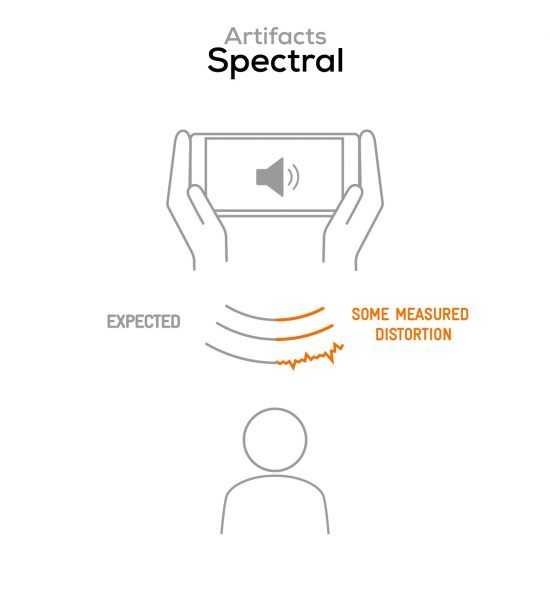

It represents the distortion and noise of the device playing our test signal (0 dB Fs, Sweep Sine in an anechoic box at 40 cm) at the device's maximum volume.
DXOMARK engineers test recording by evaluating the recorded files on reference audio equipment. Those recordings are done in our labs and in real-life conditions, using default apps and settings.

Timbre
Honor Magic6 Pro
147
The Timbre score represents how well a phone captures sounds across the audible tonal range and takes into account bass, midrange, treble, and tonal balance. It is the most important attribute for recording.
Timbre was excellent in the Magic6 Pro recording tests, with a very flat frequency response and great tonal balance, that was consistent across use cases. Recordings sounded pleasant and natural. Midrange was notably excellent, and so was treble, although it could sound even brighter arguably. In the Concert use case, the device managed to perform quite well under the high SPL delivered by the lab speakers, as tonal balance was not drowned out by an excess of low end, and treble was not aggressive.

Dynamics
Honor Magic6 Pro
146
The Dynamics score measures the accuracy of changes in the energy level of sound sources, for example how precisely a voice's plosives (the p's, t's and k's, for example) are reproduced. The score also considers the Signal-to-Noise Ratio (SNR), for example how loud the main voice is compared to the background noise.
Recording dynamics was very good as well, thanks to an excellent signal-to-noise ratio. In our tests, the device did a great job at reducing background noise without impairing the main signal. Our testers found the background to be unintrusive yet natural. Compression could be noticed on occasion, for example on shouting voices, but it was well under control and didn’t impair envelope.
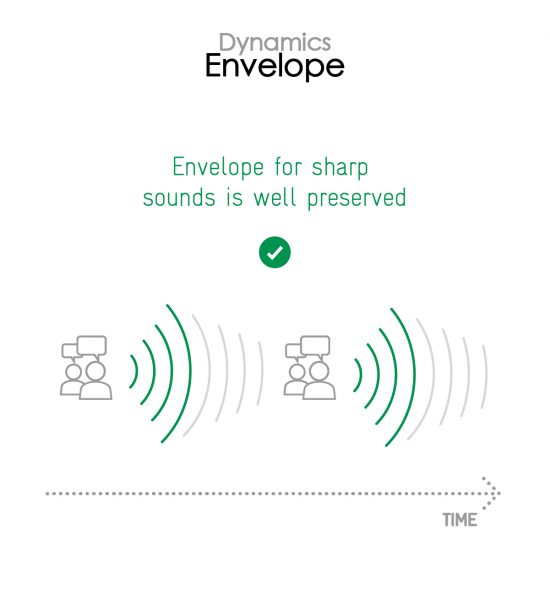
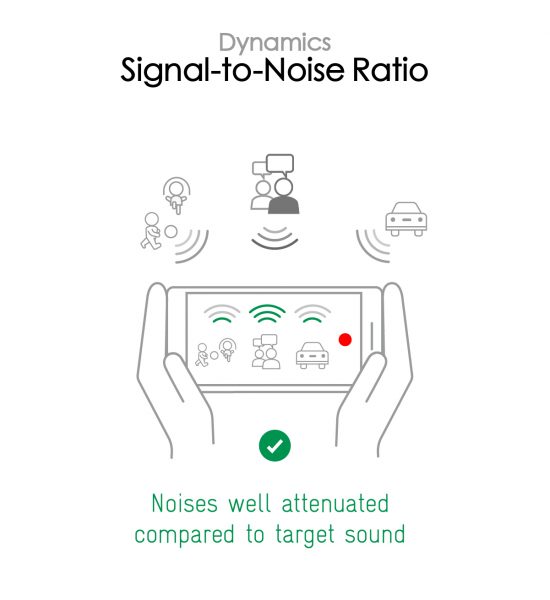

Spatial
Honor Magic6 Pro
159
The sub-attributes for spatial tests include pinpointing a specific sound's location, its positional balance, distance, and wideness on the recorded audio files.
The recorded sound scene was very wide, with good localizability of individual sound sources. Distance rendition was very good as well.

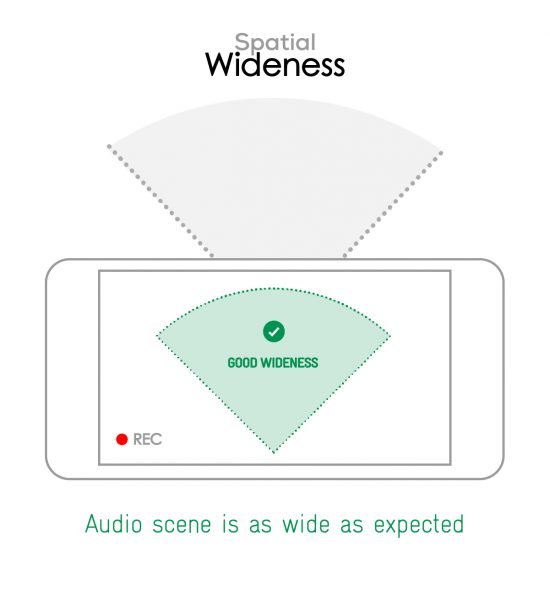

Volume
Honor Magic6 Pro
170
The Volume score represents how loud audio is normalized on the recorded files and the how the device handles loud environments, such as electronic concerts, when recording.
Recording loudness was excellent. The Honor Magic6 Pro is the loudest device tested to date, both in the lab and in our real-life tests.
Here are the sound levels recorded in the audio and video files, measured in LUFS (Loudness Unit Full Scale); as a reference, we expect loudness levels to be above -24 LUFS for recorded content:
| Meeting | Life Video | Selfie Video | Memo | |
| Honor Magic6 Pro | -21.4 LUFS | -16.9 LUFS | -16.2 LUFS | -18 LUFS |
| Apple iPhone 15 Pro Max | -24.9 LUFS | -22.1 LUFS | -20.5 LUFS | -19.2 LUFS |
| Huawei Mate 60 Pro+ | -25.4 LUFS | -20.2 LUFS | -18.9 LUFS | -21.4 LUFS |
The Artifacts score measures the extent to which the recorded sounds are affected by various types of distortions. The higher the score, the less the disturbances in the sound are noticeable. Distortions can occur because of sound processing in the device and the quality of the microphones, as well as user handling, such as how the phone is held.
Recording artifacts were well under control. Compression was slightly noticeable but not problematic overall. Our experts observed some slight distortion when recording at high sound pressure levels but it was well within acceptable limits. The device also dealt well with microphone occlusions.
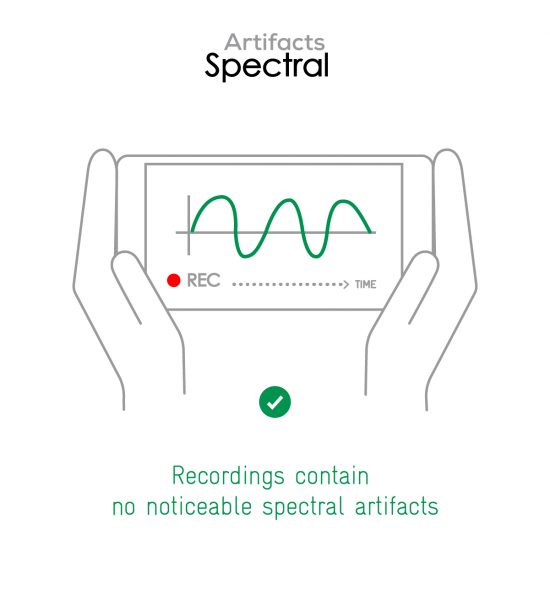

In this audio comparison, you can listen to the way this smartphone handles wind noise relative to its competitors:

Background
Honor Magic6 Pro
166
Background evaluates how natural the various sounds around a voice blend into the video recording file. For example, when recording a speech at an event, the background should not interfere with the main voice, yet it should provide some context of the surroundings.
Recording background was excellent, unintrusive, with a pleasant brilliance as well as a homogenous and natural timbre.




